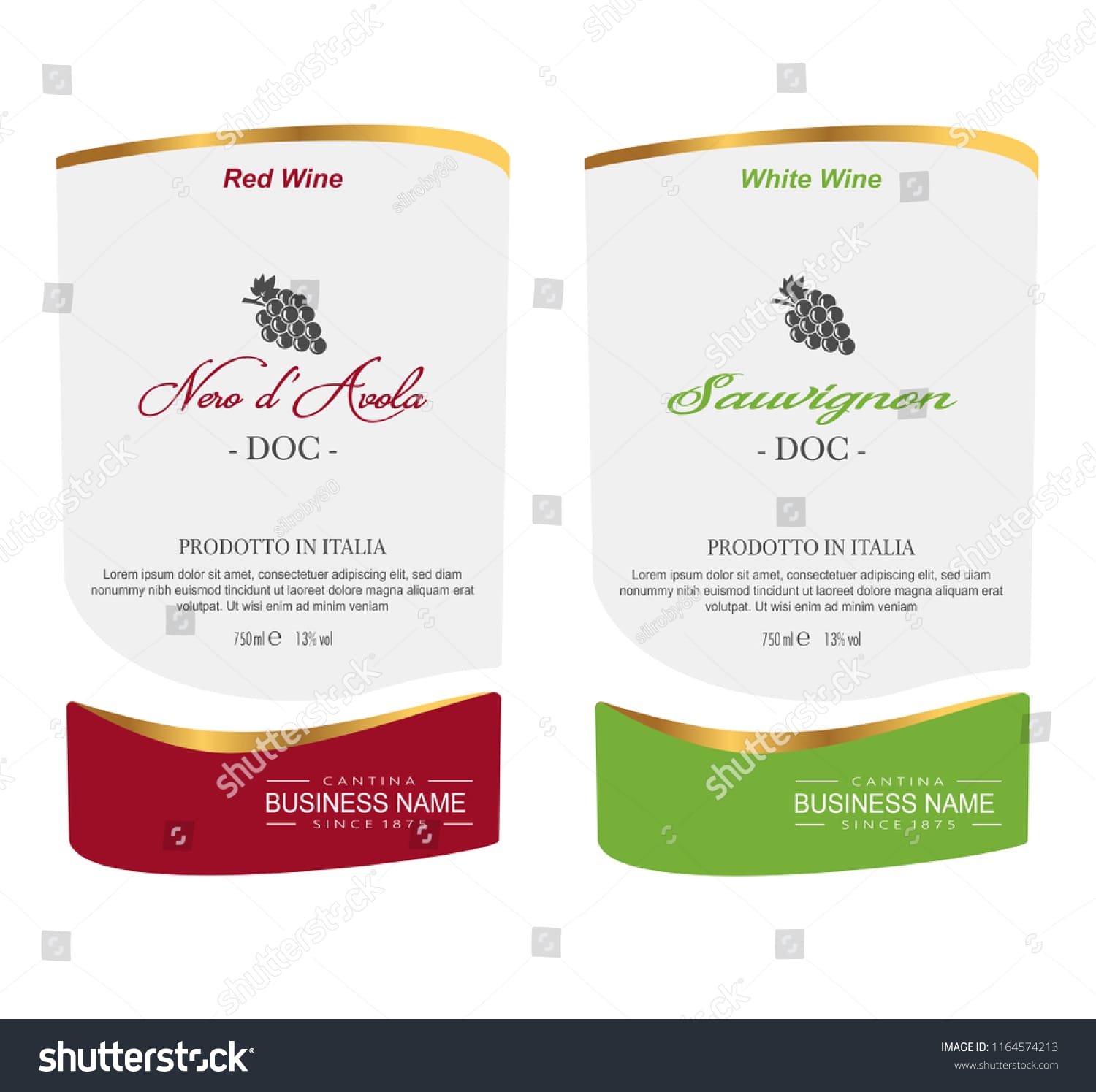In a significant move to address public health concerns, U.S. health officials, including the nation’s top doctor, have called for mandatory cancer warnings on alcoholic beverages. This recommendation stems from a growing body of scientific evidence that links alcohol consumption to an increased risk of several types of cancer, including breast, liver, and colorectal cancers. The initiative is part of a broader effort to inform consumers about the potential health risks associated with alcohol consumption, thereby promoting healthier choices.
The link between alcohol and cancer has been established through numerous studies over the years. The World Health Organization’s International Agency for Research on Cancer (IARC) has classified alcohol as a Group 1 carcinogen, meaning there is sufficient evidence to conclude that it can cause cancer in humans. This classification is based on extensive research that has identified alcohol consumption as a risk factor for various cancers. For instance, women who consume alcohol regularly have a higher risk of developing breast cancer, while heavy drinking is associated with an increased risk of liver and esophageal cancers.
Despite the well-documented risks, alcohol remains a socially accepted substance in many cultures, and its consumption is often downplayed. This cultural acceptance can lead to a lack of awareness about the potential dangers associated with drinking. Health officials argue that by requiring cancer warnings on alcohol labels, similar to those found on tobacco products, consumers will be better informed about the risks involved. The hope is that these warnings will encourage individuals to reconsider their drinking habits and potentially reduce their overall consumption.
In addition to cancer risks, excessive alcohol consumption is linked to a range of other health issues, including liver disease, cardiovascular problems, and mental health disorders. However, the focus on cancer risks is particularly pertinent given the rising incidence of certain cancers in the United States. According to the American Cancer Society, approximately 19,000 new cases of breast cancer are diagnosed each year in women who consume alcohol, highlighting the urgent need for public education on this issue.
The proposal for cancer warnings on alcohol products has garnered support from various health organizations and advocates who emphasize the importance of preventive health measures. They argue that clear labeling can serve as a crucial tool for raising awareness and promoting informed decision-making among consumers. By making the risks associated with alcohol consumption more visible, the initiative aims to empower individuals to make choices that align with their health goals.
Opponents of the proposal may raise concerns about the potential economic impact on the alcohol industry, which is a significant contributor to the U.S. economy. However, supporters counter that public health should take precedence over economic interests. They argue that the long-term health benefits of reducing alcohol consumption and preventing cancer far outweigh the short-term economic implications for the industry.
As discussions surrounding this proposal continue, it is essential to consider the broader context of public health messaging. Effective communication about health risks requires a balance between providing information and avoiding stigma. While it is crucial to inform the public about the dangers of alcohol consumption, it is equally important to foster an environment where individuals feel supported in making healthier choices without fear of judgment.
In conclusion, the call for cancer warnings on alcoholic beverages by U.S. health officials reflects a growing recognition of the health risks associated with alcohol consumption. As scientific evidence continues to mount, the need for clear communication about these risks becomes increasingly important. The proposed initiative aims to educate consumers and promote healthier lifestyle choices, ultimately contributing to improved public health outcomes. As society grapples with the complex relationship between alcohol and health, ongoing dialogue and research will be vital in shaping effective public health strategies.


